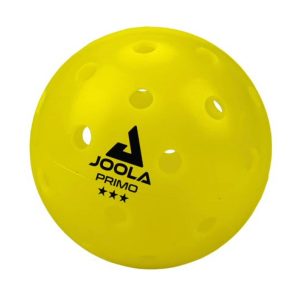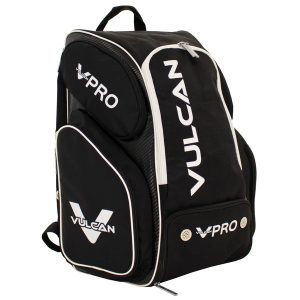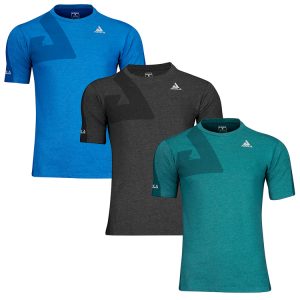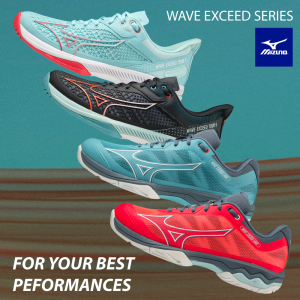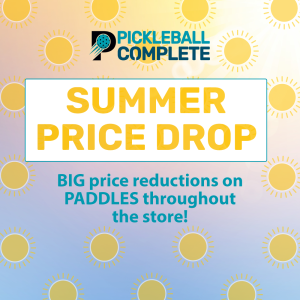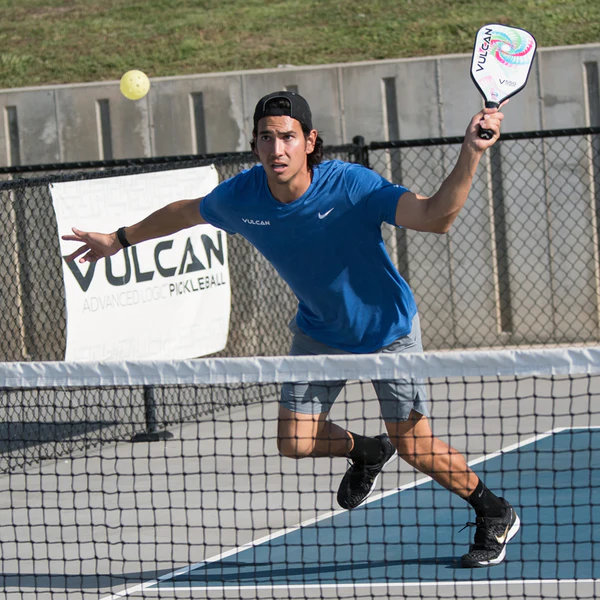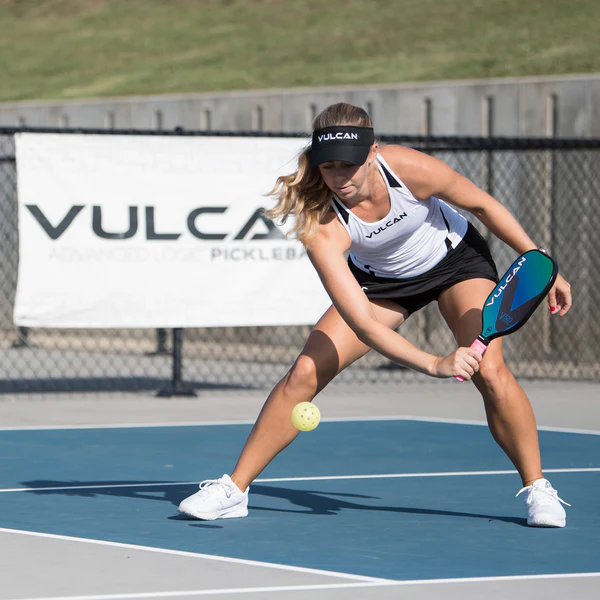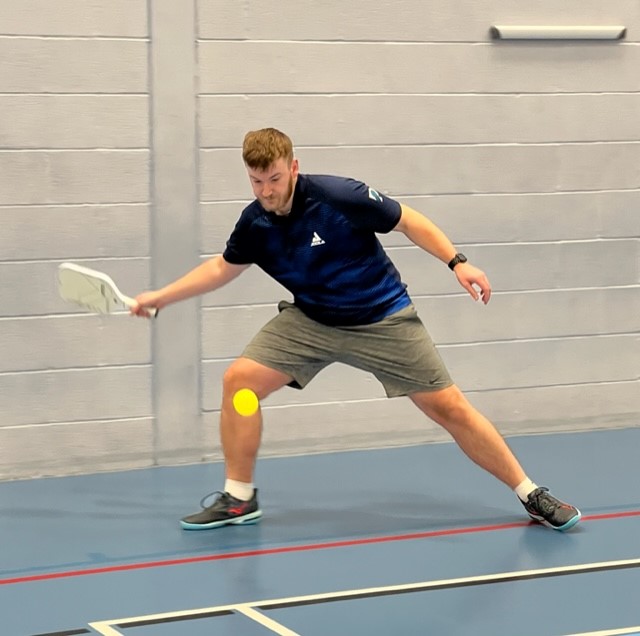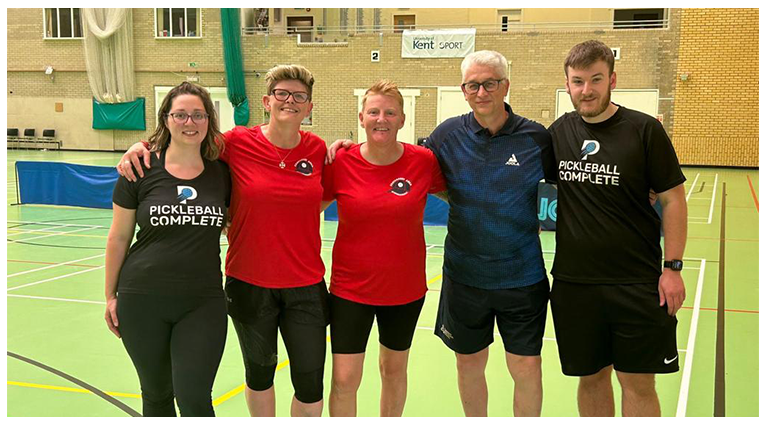The Basics:
- A Pickleball Paddle
- Basic Game Knowledge
- A Place to Play
- Footwear
Pickleball Paddles
The pickleball paddle is the most important piece of equipment as you cannot play without it. There are literally hundreds of paddles you can choose from which may become daunting. There are three features of the paddles which may help you narrow your choice down to a few that you may like, these features are.
- Paddle Weight
- Grip Size (length)
- Paddle Head Shape
You can also include the price of the paddle as a 4th category to narrow the paddles down.
Weight
The weight of a pickleball paddle is measured in ounces (oz). There are three main groups that paddles fall into for the weight category. These are.
- Lightweight: Under 7.7 oz
- Mid-weight: 7.8-8.3 oz
- Heavy: 8.4 oz or more.
The weight of a pickleball paddle can make a big difference to someone’s game. A heavy pickleball paddle will create more power in your shots as it will increase the momentum of your arm, which will take less effort. The downside to this is that it could fatigue your arm, wrist and hand and put more stress on your shoulder/elbow faster than a lighter paddle.
It is recommended that beginners start off light a lighter paddle (less than 8 ounces). This is because it gives you more control over where the ball goes after you make contact with the paddle head, which will help improve your game. Once you have played for a while and improved your game, you can then move up a weight category for increased power and speed.
Lightweight Paddles – Under 7.7 oz
These paddles normally have the most control out of the weight ranges. This makes the lightweight paddles ideal for beginners. The control and manoeuvrability that they offer makes it easier to play the game and to hit more shots within the confines of the court, compared to playing with a heavier/faster paddle. You will also be able to move your paddle more quickly through the air when you are playing fast volley shots close to the non-volley line. If you haven’t played much racket sports before, the lighter weight can also help with fatigue in your shoulder, arm, and hand. This will allow you to be able to play at a better standard for longer which is very important when you consider how long pickleball matches can last.
Mid-Weight Paddles – 7.8-8.3 oz
Medium weight paddles give you the best of both worlds. They will give you more power and speed than the lighter paddles but will have more control and manoeuvrability compared to the heavier paddles. The medium weight paddles will be a happy medium for some players as you’ll be able to play longer rallies without getting as fatigued.
Heavy Paddles – Over 8.4oz
Heavy paddles are the best choice if you play a more powerful game and spend most of their time at the baseline (back of the court). Because of the weight, they provide more power, which comes at the expense of some control. These paddles are aimed to people who are in physically good condition, this is because you will require more arm strength for the extra weight, which in time will fatigue your arm faster, especially in longer games. These are also more popular for singles players as these games are usually played from further back in the court and require more power to get the ball over the net into good positions.
Grip Size
The grip size of a pickleball paddle mainly comes down to personal preference. There aren’t really any advantages/disadvantages. Having a grip that doesn’t suit, could lead to putting stress/strain on the elbow (could cause tennis elbow).
If you are unsure on which size grip to go for, I would recommend going for a slightly smaller size as you can always add over grip, whereas if you go for a grip that’s slightly too big, you cannot make the grip size smaller.
Due to buying pickleball paddles online, it can be difficult to find the right size paddle grip for your hand. There is a measurement that you can take from your hand which will give an indication to which size you may need. With your hitting hand, palm face up, you will have two horizontal creases running though the palm. Measure from the bottom crease up to your ring fingertip. This measured distance should be a good indication to which circumference you will need to go for. As stated earlier, if your measurement comes between sizes or you think you are over-measuring, go for a slightly smaller grip size as you can add over grip to the handle to make it more comfortable.
Smaller hand – 4 1/8
Average – 4 1/8 – 4 3/8
Larger – 4 3/8 or larger
Overgrip adds 1/16”
Handle Length
The handle length of pickleball paddles can also vary. They can vary from 4 ½ – 6 inches. The longer the length the more leverage you have which will then give more power. This can also benefit those who may have played tennis and like to play two handed backhands. The shorter handles are beneficial to those who like to have more paddle manoeuvrability close to the net volleying.
Paddle Thickness
Paddle core thicknesses can vary from 9mm up to 20mm. Usually the thinner the core of the paddle, the more power you will have. This is something to think about when buying a new paddle as this can drastically change the way a paddle will play. The three most popular core thicknesses are 11mm, 13mm and 16mm.
11mm
The 11mm thickness is aimed at those players who like to have a fast game and like playing with power. The thinner the core thickness, the stiffer the paddle will feel while hitting the ball. This is due to the core not absorbing as much energy, as a result, the ball rebounding off the face faster. As the core will not absorb the energy as much as a thicker paddle, they are not as forgiving if you don’t hit the ‘sweet spot’ in the middle of the paddle face. The thinner cores can be useful for singles play rather than doubles, this is because you are playing more drive shots instead of the intricate shots around the net.
13mm
Standard paddles have a core thickness of 13mm. You get the best of both worlds with this thickness as you still have good control without losing the power aspect. You will also have more forgiveness with this thickness compared to the 11mm paddles. The 13mm cores are very durable, solid, and dependable.
16mm
The 16mm cores are the standard thick core paddles. Paddles can go over 16mm, but these aren’t very common. The 16mm paddles have very good control characteristics. You can still get good power from these paddles as they usually weigh slightly more than the thinner cores, which means you can get more momentum through the paddle when contacting the ball. Due to the thicker core, more energy will be absorbed from the ball, enhancing control. They usually have a larger sweet spot on the face, therefore not hitting the middle of the face, it will not affect the flight of the ball as much. This will help improve your drop shots and blocks at the net and should make your game more consistent.
Basic Game Knowledge
See rules of pickleball page.
A Place to Play
https://www.pickleballengland.org/pickleball-club-locator-england/
Pickleball clubs and places to play are popping up all over the country in this increasingly popular sport. On this interactive map on the Pickleball England Website, you can search around the area you live, see what clubs are available and contact details from the club leader.
With the sport growing week by week, you may know someone that already plays or who has been before, especially if you play or know people who already play racket sports. If you have played racket sports before, its very easy to get started, you’ll be able to get a rally going within minutes and go from there.
Footwear
The Importance of Court Shoes
If you’re playing indoors always wear a specific court shoe. Court shoes are designed for movement in all directions and are designed specifically for sports such as badminton, pickleball and table tennis.
Good quality court shoes have additional cushioning and lateral support that reduces stress on your knees and back take while playing pickleball. Ultimately, choosing a shoe that fits, is comfortable, and keeps you safe is the perfect pickleball shoe.
For outdoor courts, which are generally harder and less player friendly you will generally need a shoe with a thicker sole for greater durability.
Don’t be influenced by looks! A lightweight shoe is essential to help you cover the course quickly.


